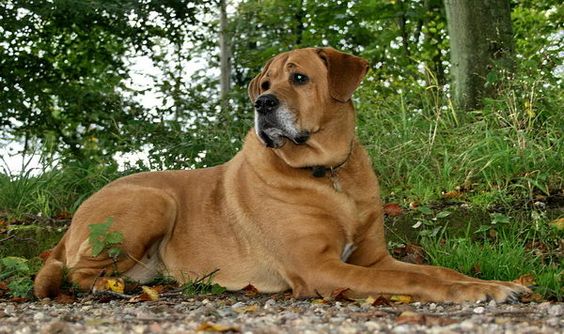Broholmer
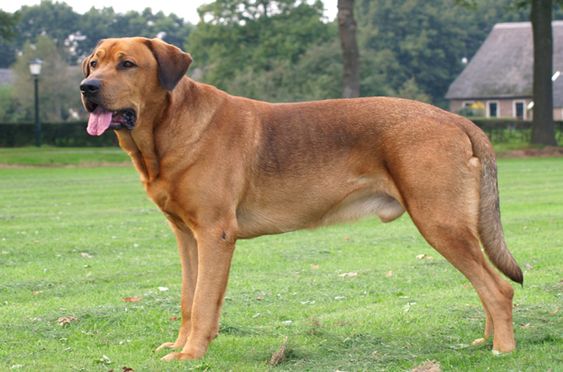
The dog needs a robust and authoritative owner because their character is quite a leader. They are well suited for home guardians’ role because they are always on guard, hostile to strangers. Rarely bark, but when they do, it is deafening and strong. They love children and get on well with them.
Table of Contents
Breed Information
| Another Name | Danish Broholmer, Danish Mastiff |
| Origin | Denmark |
| Height | Males ±75 cm Females ±70 cm |
| Weight | Males 50-70 kg Females 40-60 kg |
| Fur | Short, smooth |
| Color | Light yellow with a black mask, brownish-yellow with a black mask |
| Lifespan | 12-14 years |
| FCI Classification | Pinscher and Schnauzer – Molossoid and Swiss Mountain and Cattledogs |
| Group | Watchdogs |
| Price | From $1000 |
Breed Photos
Origin History
The Broholmer is an ancient dog that originated in Denmark. This breed gave rise to many modern dogs.
It is believed that Broholmers accompanied the Viking armies during their campaigns. In the Middle Ages, Broholmers were used to protect feudal lands and take on hunting trips. They hunted wild animals with ease.
Often this dog was called a royal dog because even kings kept them at court. They were also used as herding dogs. However, the breed became widely known and universally accepted in the 19th century after breeding purebred dogs was started by Broholm-Fühn.
The attempts were successful and already the first standard the breed received in 1886 after presenting in Copenhagen at the exhibition. The Second World War harmed the development and distribution of Broholmers. Their number sharply decreased, and scientists had to work hard to restore their non-existence. Now the dog is famous in Denmark, the Netherlands, Sweden, and Germany.
Appearance
The Broholmer is a large, muscular dog with well-developed muscles and well-defined sexual dimorphism. Males are taller and heavier than females. Males are about 75 cm tall, and females about 70 cm. Males can reach 70 kg, females 60 kg.
The dogs have a dense, short coat; there is a thick undercoat. The color may be light yellow, brownish-yellow, with a black mask formed on the muzzle. There may be spots on the paws, chest, and tip of the tail.
Character
The dog needs a robust and authoritative owner because their character is quite a leader. They are well suited for home guardians’ role because they are always on guard, hostile to strangers. Rarely bark, but when they do, it is deafening and strong. They love children and get on well with them.
Since ancient times they have been used as hunters, so the best place to spend time would be a spacious area outdoors. They are fans of various activities and will gladly run with you, go hiking, or on a picnic. There should always be toys in the house because a Broholmer will gladly run after a ball in the yard.
If there is no physical activity, the dog can have a bad mood and character. They can be a detriment in the house. They are brilliant dogs and can live in a home where there are already animals without problems.
Care
It would be better for the dog to live in a country house, as the Broholmer is enormous. Once a week, you can change the location, go out into the woods, into nature.
Vaccinations should be done once a year. Be sure to check the ears for cleanliness because bacteria can develop there through their shape. Preferably comb the coat once a week, but if molting, then every day. Clip his claws regularly. Bathe your dog when dirty.
Training
Brohlmer is an eager learner. He has an excellent memory and useful intellectual data. However, he still needs a firm owned by his side. Since they tend to be independent, it is vital to introduce them to the rules early.
Discipline should be your priority. The problem with training can be that the dog always wants to take the lead and may persistently disobey.
From an early age, you should teach simple commands “come to me”, “sit”, “yuck”. Encourage the Broholmer with praise, stroking, and after successful training, you can give something tasty.
Common Diseases
The dog’s health is robust, and his immune system is healthy. Brocholmer is not very popular inbreeding, so that experts can keep an eye on it. The dog is not prone to hereditary diseases. Most often, injuries can occur; you need to watch the amount of physical activity.
Nutrition
Nutrition should be balanced, complete. The basis of the diet should be meat, also give fish, dairy products, cereals. For better bone formation, it is recommended to provide additional vitamins.
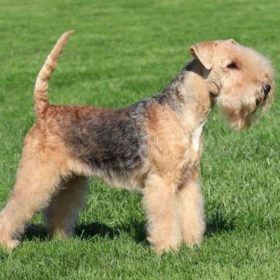 Lakeland Terrier
Lakeland Terrier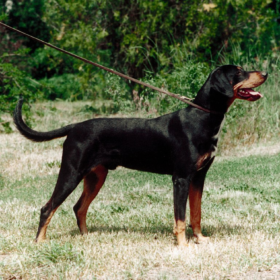 Transylvanian Hound
Transylvanian Hound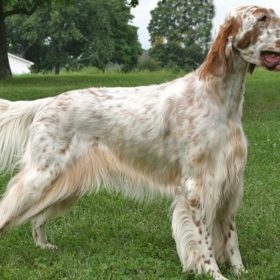 English Setter
English Setter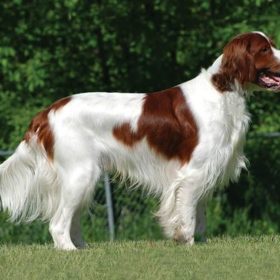 Irish Red and White Setter
Irish Red and White Setter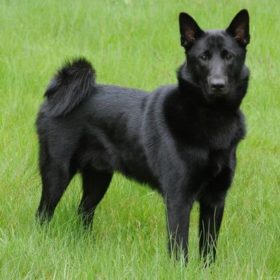 Black Norwegian Elkhound
Black Norwegian Elkhound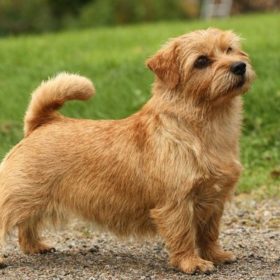 Norfolk Terrier
Norfolk Terrier
